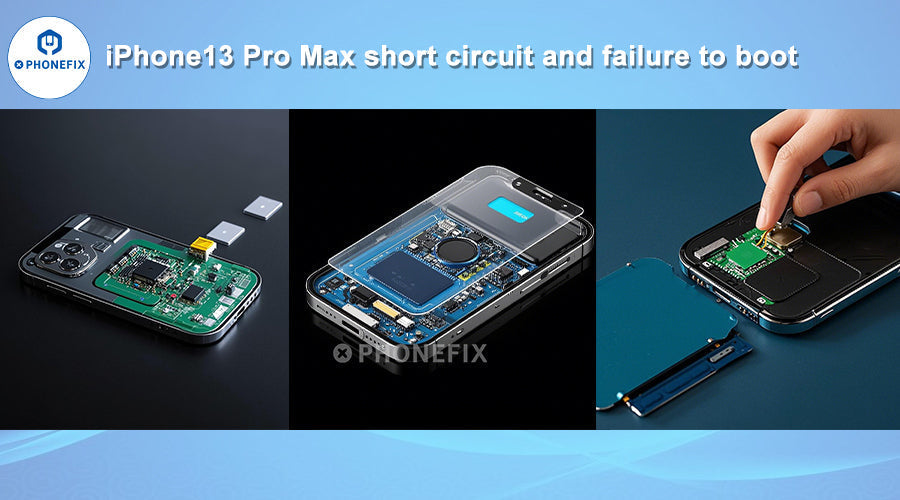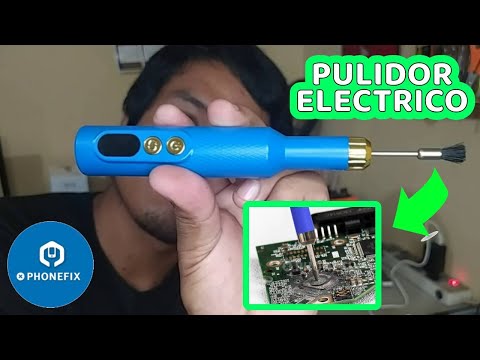This time, we bring you the How to Fix iPhone 13 Pro Max Won't Turn On Due To Short Circuit Repair case analysis. Let's follow the perspective of PHONEFIX to see how professional repairmen solve the problem of Repair case analysis of iPhone 13 Pro Max that could not be turned on due to short circuit.
Fault phenomenon
After receiving the iPhone 13 Pro Max, the repairman first disassembled the phone with a pry bar to check whether there were obvious signs of short circuits, burn marks or water damage inside. iPhones are usually fixed with glue and screws, so disassembly requires care.

Layered investigation
First, the motherboard must be layered. The repairman accurately adjusts the temperature of the hot air gun to the appropriate range, evenly heats the motherboard, and softens the glue between the upper and lower motherboards. Then, the motherboard is successfully layered with tweezers. When the upper motherboard is tested alone, it can be turned on normally, which indicates that the fault is likely to be in the lower motherboard. Next, use a multimeter to perform detailed two-terminal measurements of each line of the lower motherboard. The multimeter probe shuttled between the solder joints of the motherboard, and the results showed that no short circuit was found.

However, after the bonding, the phone was tested again and the short circuit occurred again. The intelligent multimeter was used again to measure the two ends to confirm that the short circuit still existed. Since there was no short circuit in the lower layer after the layering, but there was a short circuit after the bonding, it means that the short circuit point may have been affected by certain factors during the bonding process.

The repairman decided to re-layer the motherboard and placed the upper motherboard under the iPhone trinocular stereo microscope. After careful inspection, he found the short circuit. He then disassembled the upper circuit board for detailed inspection. When testing with a multimeter, he found that the short circuit had not disappeared. He then further tracked the circuit board and finally located it in the capacitor area.

After determining the fault point, the next step is to replace the component. The master used a hot air gun to accurately control the temperature within the appropriate range and carefully blew off the short-circuited capacitor. Then, use stainless steel tweezers to pick up the new capacitor, apply an appropriate amount of solder paste on the pad, and then use a hot air gun to solder the new capacitor in place.

After soldering is completed, use a multimeter to measure the relevant lines again to ensure that the connection is normal. Then, the master re-tested the motherboard in layers, and after confirming that there were no problems with the lines in each part, he used the bonding equipment to bond the upper and lower iPhone motherboards again. Until the Apple logo appeared on the screen, the phone was successfully turned on!

iPhone 13 Pro Max won't turn on due to short circuit cases end here. The China Phonefix team will continue to share practical and relevant mobile phone repair cases, and provide different repair ideas and methods for different iPhone failures. Please follow us.












